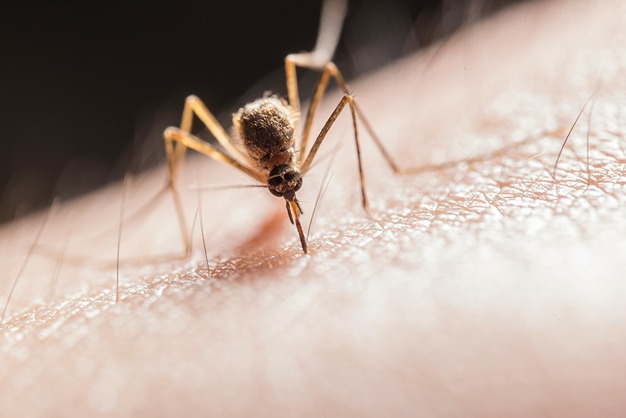Photo by Jimmy Chan from Pexels
Sloth Fever Virus is a contagious illness that has caught the attention of many. As we learn more about the Sloth Fever Virus, understanding how it spreads and how to protect yourself becomes crucial. Whether you’re concerned about a potential outbreak or simply want to stay informed, this guide will provide you with the essential information to stay safe and healthy.
How the Sloth Fever Virus Spreads
Close Contact with Infected Individuals
The primary way the Sloth Fever Virus spreads is through close contact with someone who is infected. This can happen when you are within a few feet of a person who is coughing, sneezing, or talking. The virus can be transferred via respiratory droplets that enter the air and land on surfaces or people nearby.
Touching Contaminated Surfaces
Another common way the Sloth Fever Virus spreads is by touching surfaces that have been contaminated with the virus. For instance, if an infected person coughs or sneezes into their hand and then touches a doorknob, you could pick up the virus by touching that same doorknob and then touching your face.
Sharing Personal Items
Sharing personal items like utensils, cups, or even towels with someone who has the Sloth Fever Virus can also lead to transmission. The virus can survive on objects for several hours, making it easy to spread if proper hygiene isn’t practiced.
How to Protect Yourself
Maintain Good Hygiene
One of the simplest and most effective ways to protect yourself from the Sloth Fever Virus is by practicing good hygiene. Wash your hands frequently with soap and water for at least 20 seconds, especially after being in public places, touching surfaces, or interacting with others.
Avoid Close Contact with Sick Individuals
If you know someone who has the Sloth Fever Virus or is showing symptoms, it’s important to maintain a safe distance. Avoiding close contact can significantly reduce your risk of catching the virus.
Disinfect Frequently Touched Surfaces
Regularly disinfecting surfaces that are frequently touched, such as doorknobs, light switches, and mobile phones, can help prevent the spread of the Sloth Fever Virus. Use household disinfectants or wipes to keep these surfaces clean.
Don’t Share Personal Items
To protect yourself, avoid sharing personal items like towels, dishes, and other household items with someone who might be infected. This simple step can reduce the chances of the virus spreading in your home.
Wear a Mask in Crowded Places
Wearing a mask, especially in crowded or indoor settings, can help protect you from the Sloth Fever Virus. Masks can prevent respiratory droplets from spreading, reducing the overall risk of transmission.
Conclusion
Sloth Fever Virus is a concern that requires attention and action. By understanding how the Sloth Fever Virus spreads and following these protective measures, you can reduce your risk of infection and help prevent the virus from spreading further. Remember, consistent hygiene, avoiding close contact with sick individuals, and wearing a mask in crowded places are key steps in protecting yourself and others. Stay informed, stay safe, and take proactive steps to safeguard your health against the Sloth Fever Virus.
Similar FAQs
What virus do sloths carry?
Sloths can carry the rabies virus and various parasitic infections, but they are also associated with arboviruses like the Venezuelan equine encephalitis virus.
How to treat Oropouche fever?
There is no specific treatment for Oropouche fever; supportive care like rest, hydration, and over-the-counter pain relief is recommended to manage symptoms.

